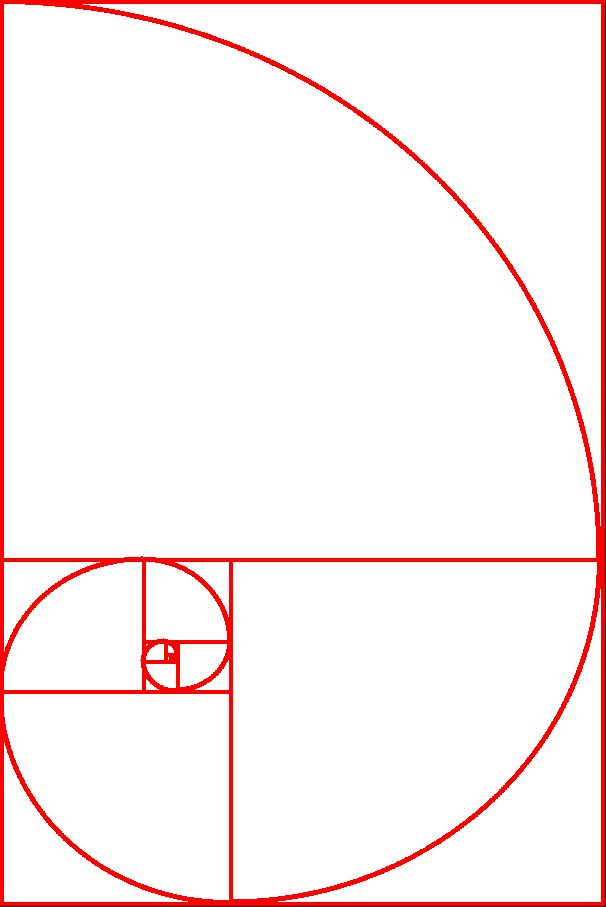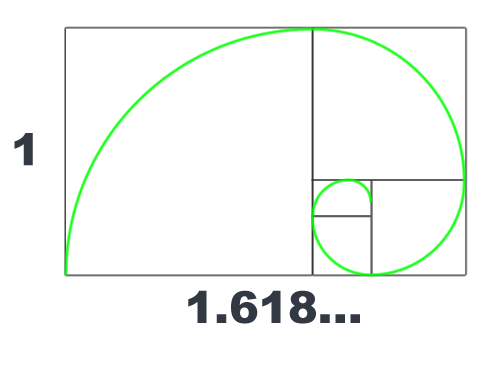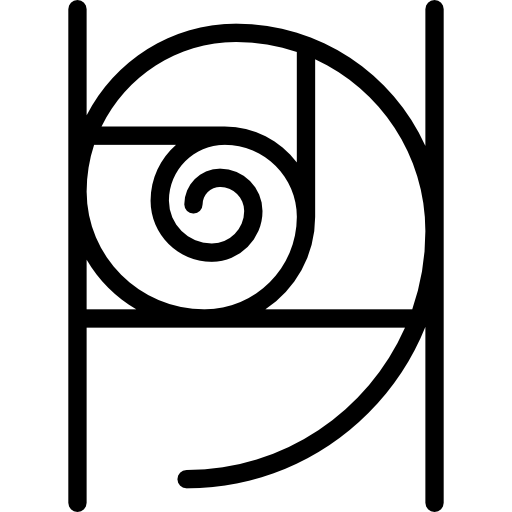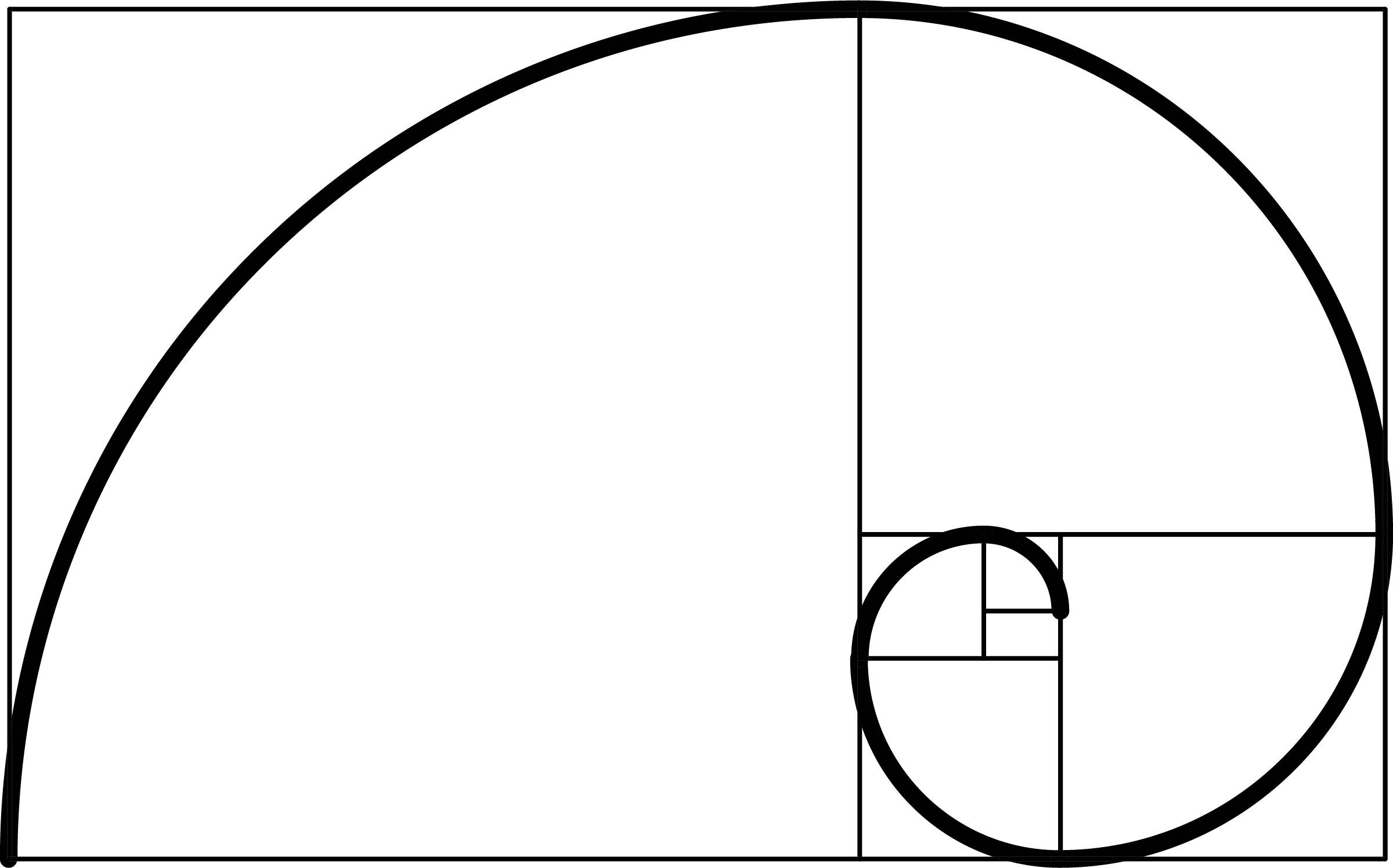Download top and best high-quality free Golden Ratio PNG Transparent Images backgrounds available in various sizes. To view the full PNG size resolution click on any of the below image thumbnail.
License Info: Creative Commons 4.0 BY-NC
Have you ever gazed at a beautiful piece of art or architecture and wondered why it feels so aesthetically pleasing to the eyes? The answer may lie in the application of the famous Golden Ratio.
The Golden Ratio, also known as the Divine Ratio or the Phi Ratio, is a mathematical concept that has been present and revered in various fields of art, science, and nature since ancient times. It is a ratio that is found in numerous forms all over the natural world, from the growth of a seashell to the proportions of the human body.
The Mathematics behind the Golden Ratio
The Golden Ratio is represented by the number phi (φ), which is approximately equal to 1.6180339887. This ratio is derived by dividing a line into two parts in such a way that the ratio of the longer part to the shorter part is equal to the ratio of the whole line to the longer part. This can be represented mathematically as:
φ = (a + b) / a = a / b
Where a is the longer part of the line segment, b the shorter part, and their sum is the length of the whole line segment.
The Golden Ratio is also linked to the Fibonacci sequence, a series of numbers in which each number is the sum of the two preceding ones. This sequence begins with 0, 1, 1, 2, 3, 5, 8, 13, 21, and so on. The ratio of each successive number in this sequence to the preceding one approaches the Golden Ratio as the sequence progresses.
The Significance of the Golden Ratio in Art and Architecture
The Golden Ratio has been used by artists and architects for centuries to create aesthetically pleasing and balanced compositions. It is believed to provide a sense of harmony and beauty to the viewer, making it a popular choice for creating works of art and designing buildings.
One of the earliest examples of the application of the Golden Ratio in art is in the construction of the Parthenon, a temple dedicated to the Greek goddess Athena in Athens. Its façade is believed to have been designed using the Golden Ratio to create a sense of visual balance and proportion.
Many artists, such as Leonardo Da Vinci, Salvador Dali, and Piet Mondrian, have also incorporated the Golden Ratio in their works. Some have used it to determine the placement of elements within a painting or sculpture, while others have applied it to achieve balanced compositions.
The Golden Ratio in Nature
The Golden Ratio can also be found in numerous forms in nature, from the branching of trees to the spiral patterns in seashells. It is believed to play a role in the growth and development of living organisms, and its prevalence in nature has been studied by scientists for centuries.
One example of the Golden Ratio in nature can be seen in the spiral patterns of sunflowers. The seeds of a sunflower are arranged in opposing spirals, with one set of spirals going clockwise and the other set going counterclockwise. The number of spirals in each set is typically a pair of adjacent Fibonacci numbers, such as 21 and 34 or 34 and 55. These spirals are believed to optimize the packing of seeds within the sunflower, allowing for maximum exposure to sunlight and space for growth.
The Golden Ratio in Music
The Golden Ratio is also present in music, although its application is less common than in art and architecture. Some composers, such as Bartok, Debussy, and Mozart, have used the Golden Ratio to create balanced and proportionate musical compositions.
The Golden Ratio can be applied in music in various ways, such as in the structure of a piece or the timing of individual notes. For example, if a piece of music spans eight measures, the Golden Ratio can be applied by dividing the eight measures into two parts in a ratio of approximately 1:0.618, creating a sense of balance within the composition.
The Future of the Golden Ratio
The application of the Golden Ratio is still present in modern-day design and art. Its popularity has wavered at times, but it has always managed to make a comeback, being used by architects, designers, and artists to create visually appealing and balanced works.
Furthermore, the study of the Golden Ratio and its connection to the growth and development of living organisms continues to be an area of research for scientists. The ratio’s applications in the medical field and the understanding of cellular growth suggest that it may have important implications beyond aesthetics.
The Golden Ratio is a mathematical concept that has stood the test of time, prevalent in various fields of art, science, and nature for centuries. Its application has resulted in some of the most iconic works of art and architecture, evoking a sense of harmony and balance. While its future may be uncertain, its presence in the natural world and its influence on human creativity guarantee that it will continue to fascinate and inspire people for generations to come.
Download Golden Ratio PNG images transparent gallery
- Golden Ratio
Resolution: 606 × 907
Size: 21 KB
Image Format: .png
Download
- Golden Ratio PNG Cutout
Resolution: 500 × 365
Size: 15 KB
Image Format: .png
Download
- Golden Ratio PNG File
Resolution: 566 × 800
Size: 11 KB
Image Format: .png
Download
- Golden Ratio PNG Image
Resolution: 200 × 200
Size: 7 KB
Image Format: .png
Download
- Golden Ratio PNG Images
Resolution: 512 × 512
Size: 11 KB
Image Format: .png
Download
- Golden Ratio PNG Photo
Resolution: 512 × 512
Size: 10 KB
Image Format: .png
Download
- Golden Ratio PNG Photos
Resolution: 2400 × 1496
Size: 38 KB
Image Format: .png
Download
- Golden Ratio PNG Pic
Resolution: 1600 × 993
Size: 48 KB
Image Format: .png
Download
- Golden Ratio PNG
Resolution: 1241 × 2000
Size: 100 KB
Image Format: .png
Download
- Golden Ratio Transparent
Resolution: 1061 × 750
Size: 23 KB
Image Format: .png
Download









